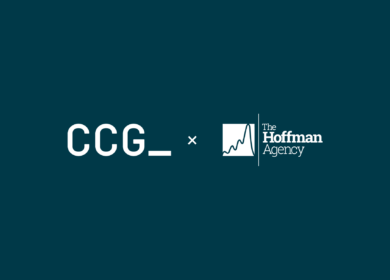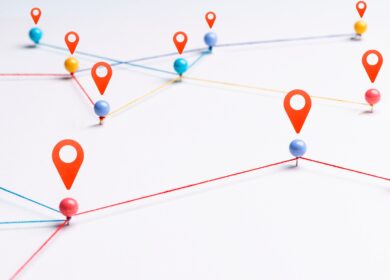Over eight weeks, Mike from our London office is participating in a unique development opportunity offered by The Hoffman Agency – our “Building Bridges” program. It’s a journey that will take him to offices in Singapore and Taiwan, onto Shanghai, before visiting teams in Portland and San Jose.
First Stop: Southeast Asia
I was introduced to Southeast Asia last week when I visited Hoffman Singapore during the first leg of my Building Bridges program. I discovered a city of many faces – where there’s everything from skyscrapers serving Singapore slings to hawker centres bustling with locals.
During a lunch n’ learn session, my colleagues described how Singapore is the central hub for Southeast Asia. It connects the dots and spreads investment across markets like Indonesia and Malaysia.
But unlike these markets, it has a very global mindset and an important role in the supply chain.
This is why many people see Singapore as “Asia Lite.” Districts like Little India are a testament to its multiculturalism, while the streets are clean, green, and extremely serene. I found it easy to fit in and could always find a bubble where other Englishmen were trying to watch football.
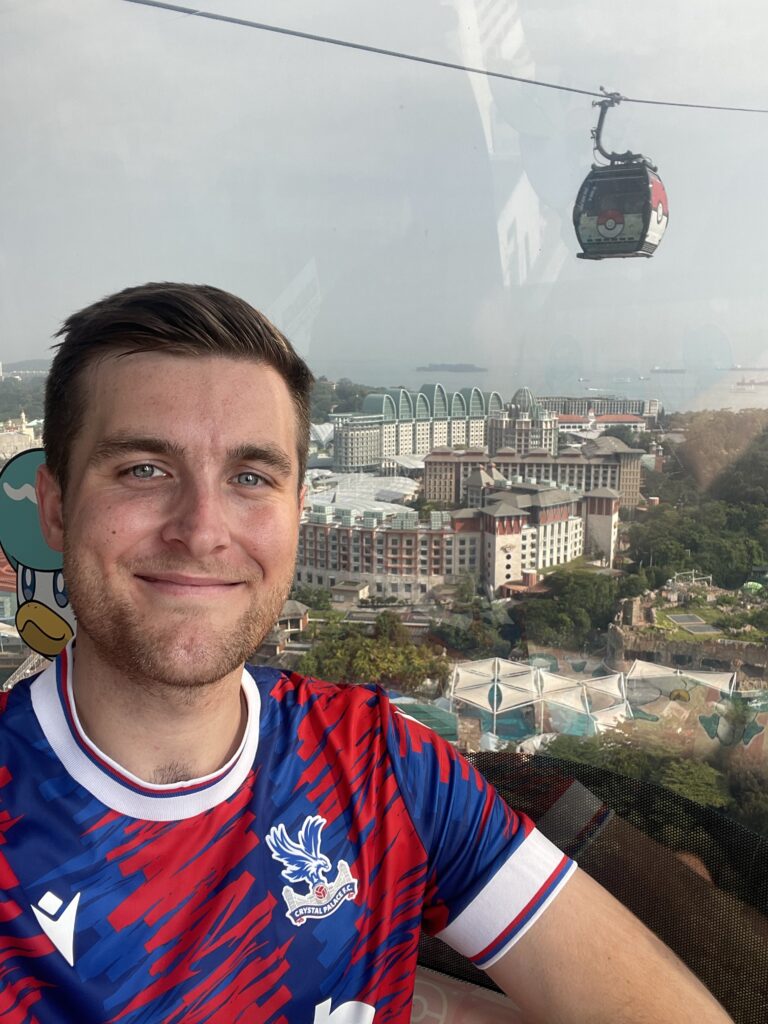
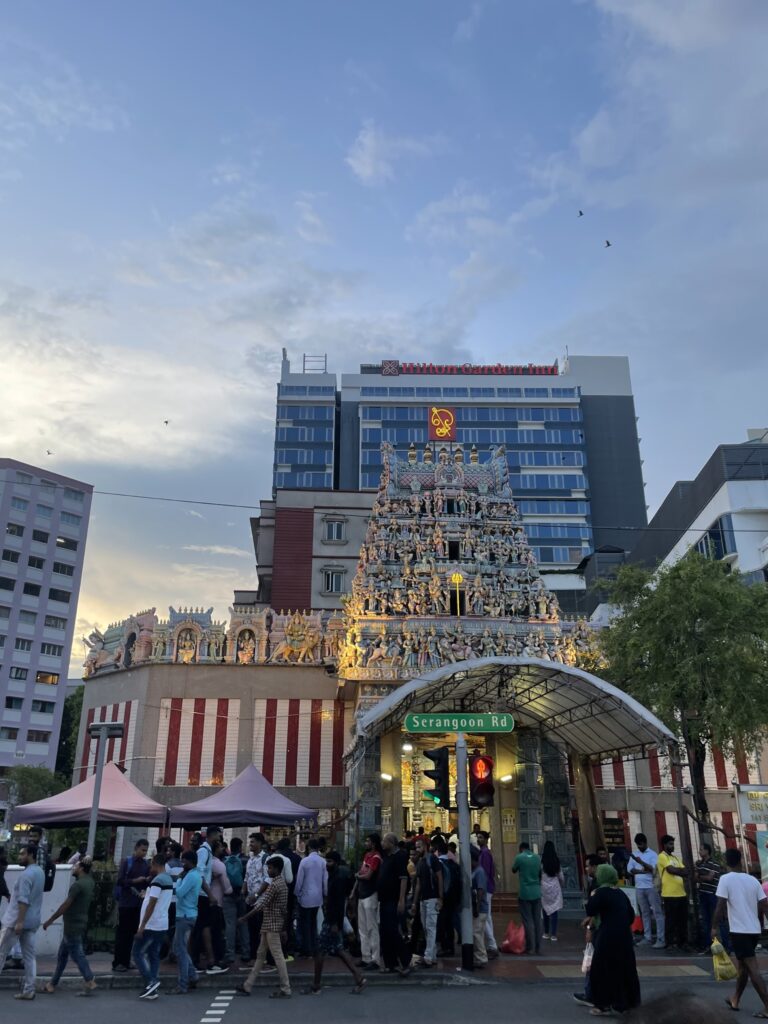
Challenging My Comfort Zone
Now I’m in Taipei, and it’s a somewhat different experience. On my first day,I spent 30 minutes staring blankly at a washing machine (the buttons and instructions were in Mandarin). Then I worked it out, completing the first laundry of my eight-week trip. One small step for mankind …
Day two was similar. I tried finding a nice place to eat after a busy day meeting my new colleagues but noticed very few spots (outside the tourist traps) with English menus. So, I’ve been using the Google Translates camera feature A LOT to navigate the local cuisine. And I’ve not been disappointed.
See below: I’m also allowing my welcoming hosts from Hoffman Taiwan to recommend many traditional dishes while I’m here (getting a serious education in bubble tea and Taiwanese desserts).
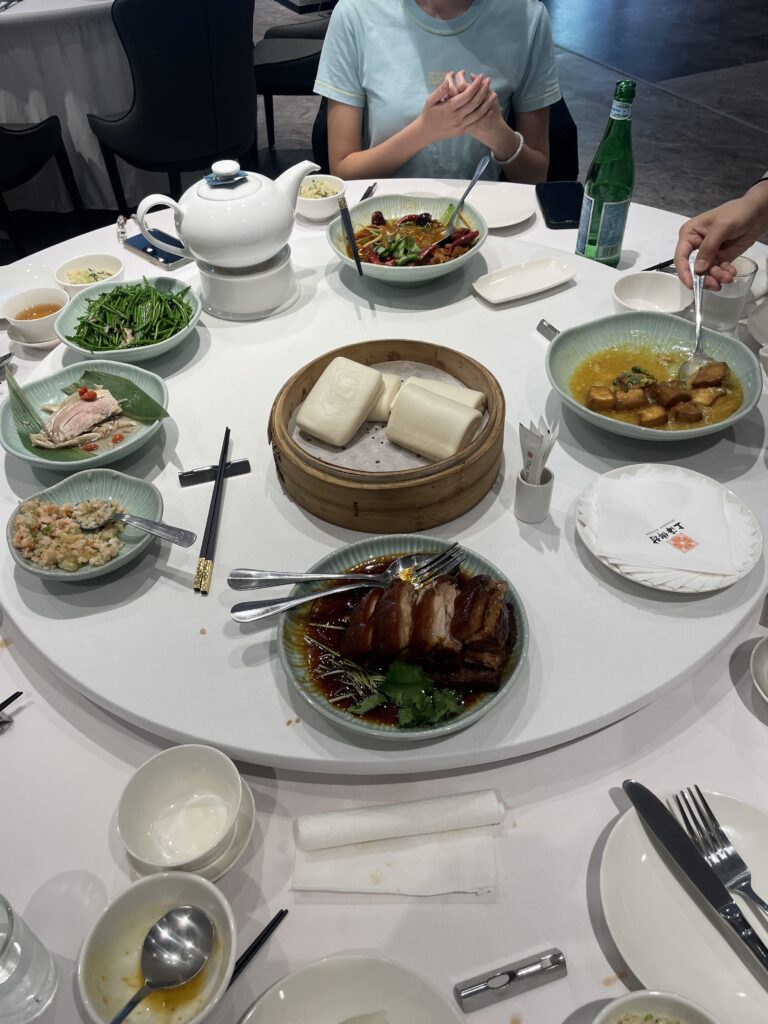
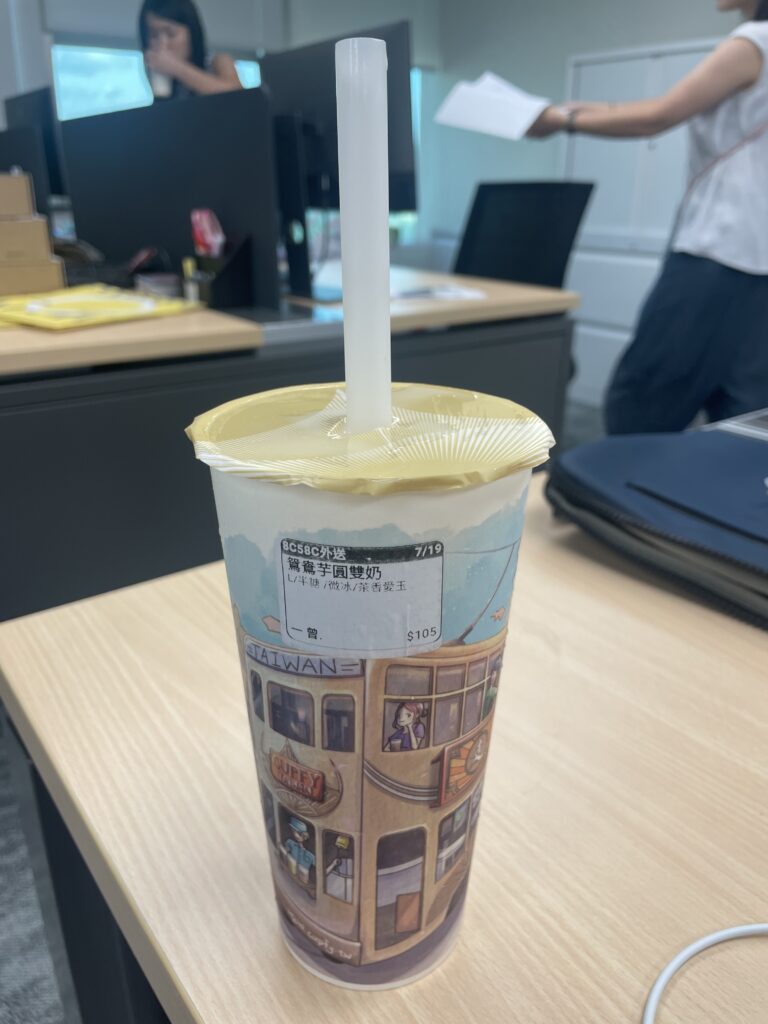
For some people, language can be a source of frustration or anxiety. And there’s always ups and downs when you’re away from home for a long time. But, for me, it’s less of a barrier and more part and parcel of travel – I came to Asia to live a different experience and get a new perspective.
Generally, English speakers have an easy hand because most of the world speaks our language.
But this isn’t what everyone goes through, and many people need to learn a second language or adapt to a different culture. Simulating this in my free time during the Building Bridges program is a bonus.
Technology and Transition in Taiwan
This isn’t to say Taipei is isolationist or stuck in the past – actually, it’s the opposite. Those close to the technology sector (and anyone following geopolitics) know that Taiwan has dug itself a niche, but critical, role on the global stage by investing for decades into its semiconductor industry.
You only need to look at Taipei 101, towering over a backdrop of mountainous rainforests, to understand the progress being made here. The investment in semiconductors isn’t happening in a silo, either. There’s an exciting, emerging startup scene too. Just this week, I went to an event hosted by iChef, which is a startup building software that promises to be the future of “smart” restaurants.
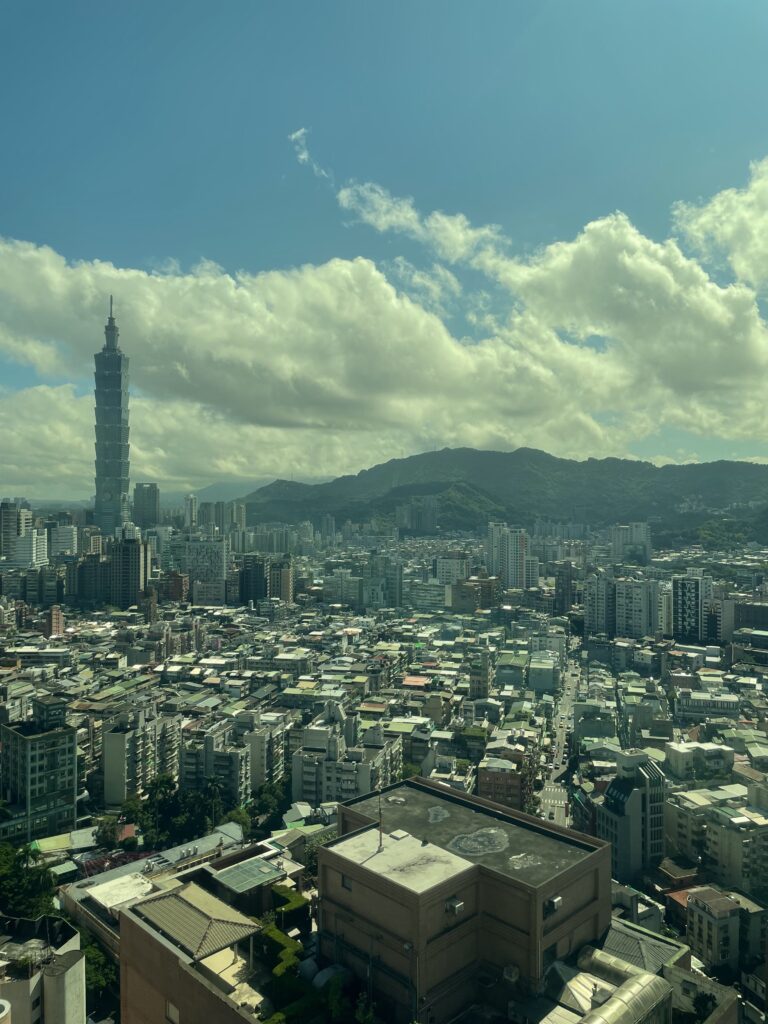
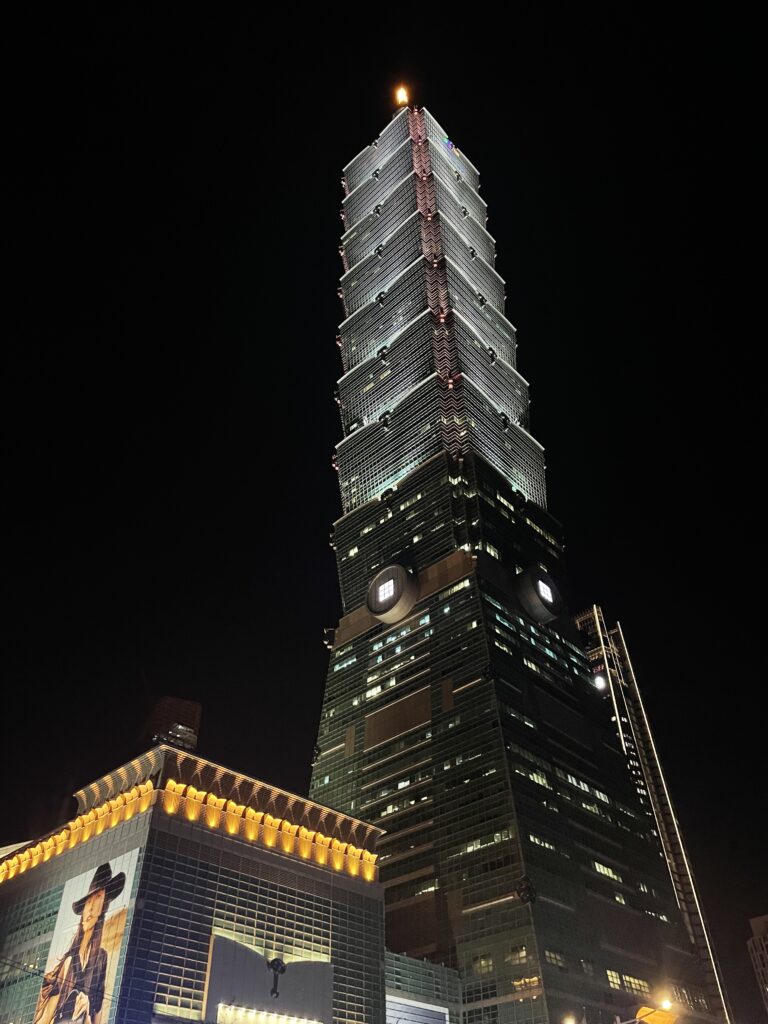
However, amidst this vision and optimism, you get a sense that Taiwan has had a tough hand. Take an example from history; I asked one of my colleagues why it was so hard to find a good running route in Taipei (I found myself stopping at road crossings every 20 strides). I learnt the grid system, which makes roads tricky to navigate for pedestrians, was designed by Japan in the colonial period.
It’s in this context that modern day Taiwan is trying to hold on to its language, culture, and traditions. But it also makes it more commendable that there’s an openness to the outside world on this island.
You’ve just got to walk through the streets in Zhongzheng, which are lined with Japanese clothes stores and ramen restaurants, to see there’s very few grudges. It’s in the past, and Taiwan seems to have moved on. I have a lot of respect for that and for how the country is embracing tech. Taiwan is evolving, and it’s sure to become even more important for Europe and the United States due to semiconductors.
I just hope it doesn’t lose that charming edge – the buzz that makes it so special – along the way.
